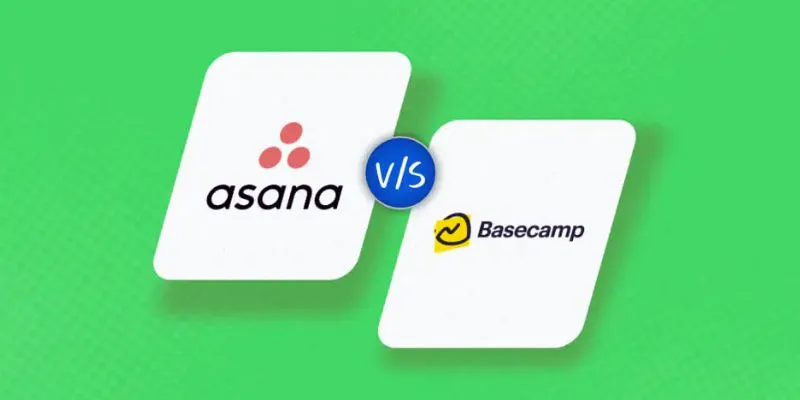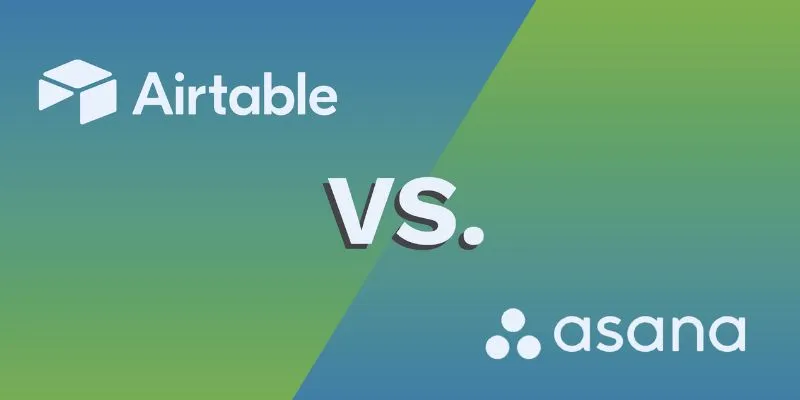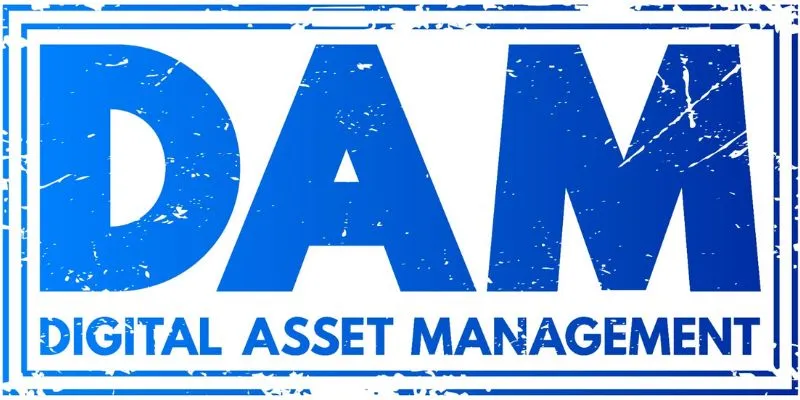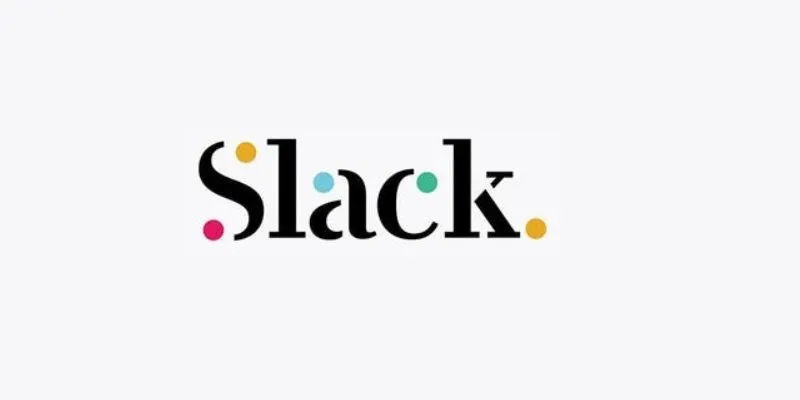Asana vs. Basecamp: Which Project Management Tool Should You Use? [2025]
Managing projects in 2025 without the right technology can be challenging. Teams need smart, straightforward systems to operate efficiently. Two popular choices are Asana and Basecamp. Asana offers comprehensive work tracking, while Basecamp focuses on simplicity and calmness. Your workflow preferences will guide your choice, whether you seek an uncomplicated system or one with organization and deadlines.
This article examines which tool is better suited for teams, freelancers, or remote workers by breaking down features, cost, and ease of use. If you’re torn between Asana and Basecamp, you’ve come to the right place. Our side-by- side analysis provides clear data to help you select the ideal project management solution for 2025.

What is Asana?
Asana is a powerful project management tool designed to keep teams organized and on track to meet deadlines. It allows you to break down large projects into manageable tasks, assign them, and monitor progress methodically. Asana enables you to set due dates, build workflows, and coordinate across tasks. It is ideal for teams that prioritize organization and detailed tracking. Task lists, boards, calendars, and timelines provide a comprehensive view of activities, helping you stay informed about both upcoming and overdue tasks.
Asana integrates with tools like Zoom, Google Drive, and Slack, reducing the need to switch between apps. Its clean layout and user-friendly design make it accessible to everyone. Whether managing daily tasks or a large project, Asana provides complete visibility and control, making it a fantastic choice for startups, companies, and remote teams. If you’re looking for a better way to handle work in 2025, Asana is an excellent option.
What is Basecamp?
Basecamp is a simple, all-in-one project management platform that keeps teams organized and connected without clutter. It replaces fragmented emails, numerous appointments, and confusing apps with one tidy spot. Offering to-do lists, message boards, file sharing, scheduling, and group chat in one location, Basecamp is perfect for teams that prefer a relaxed, low-stress workflow. It’s designed for ease of use, even for those who aren’t tech-savvy, with no steep learning curve and effective basic tools.
You can dedicate specific areas for each project and invite the relevant people, maintaining clarity and direction for everything. Smart notifications prevent overload. Basecamp is also handy for freelancers and remote teams, keeping everyone in the loop without frequent check-ins. If you desire peaceful, clear, clutter-free project management in 2025 , Basecamp might be exactly what you need. It makes teamwork surprisingly simple.
Asana vs. Basecamp: A Detailed Comparison
Explore the main differences between two excellent project management systems, Asana and Basecamp, to find the one that best fits your team’s needs and workflow.
User Experience and Interface
Asana features a clean, modern design with numerous conveniences, ideal for users who appreciate thorough organization and tracking. Projects, tasks, and alerts are displayed on the sidebar, offering reminders and progress updates. Although it might be overwhelming for beginners, its features are robust. Basecamp, with its minimalist design, is easy to navigate and feels laid-back and straightforward for non-technical users. Clear project areas open from project cards on the homepage, with fewer buttons for simplicity. Choose Asana for detailed organization and Basecamp for simplicity.
Pricing Comparison
Asana offers a free Basic plan, suitable for small teams with simple task lists. The Premium plan, featuring Timeline and custom fields, costs $10.99/month/user, while the Business Plan, designed for advanced teams, costs $24.99/month/user and includes reports and task tracking. While Asana’s free plan is generous, larger teams will likely need a premium plan. Basecamp offers a free personal plan with three projects and twenty users. Its subscription version provides full access to all features for $15 per user monthly. Smaller teams may find Basecamp’s straightforward pricing more affordable, whereas Asana is preferable for larger, more sophisticated organizations.

Team Collaboration Tools
Asana facilitates team discussions through comments, allowing you to tag peers, respond, and monitor updates. Structured communication is excellent, though it lacks real-time discussion like Slack. Basecamp features a built-in chat called Campfire, ideal for quick questions and updates, along with a proper message board for postings. Daily check-ins keep teams informed without long calls, saving meeting time. Basecamp promotes a more relaxed, human-style communication. Choose Basecamp if simplicity and chat are priorities, while Asana is ideal for task-oriented conversations.
Task Management Styles
Asana utilizes lists, boards, calendars, and timelines for task management, allowing one person to be assigned any task and breaking down work into smaller jobs. Task dependencies help manage large projects optimally, with tags, goals, and portfolios for effective organization. Basecamp keeps it simple, with projects using to-do lists, assignees, and deadlines. It lacks dependencies, tags, or priorities, making it ideal for teams seeking basic tools. Asana is the superior choice for complex tasks with detailed planning, while Basecamp performs well for straightforward tasks.
Integrations and Add-Ons
Asana integrates with hundreds of products, including Zapier, Microsoft Teams, and Salesforce, allowing for easy custom workflow creations. Asana’s API enables developers to design customized solutions, providing teams with numerous options as this adaptable platform works with many apps. Basecamp offers fewer integrations, primarily connecting with Zapier, Google Drive, and others. Although it lacks extensive software ties, fewer integrations speed up the setup process. Asana offers greater flexibility if your team uses multiple tools, while Basecamp is a solid choice for a one-stop experience.
Conclusion
In conclusion, both Asana and Basecamp offer unique advantages for project management in 2025. Asana is ideal for teams that need discipline and deadlines, excelling in detailed task monitoring and management. Basecamp offers simplicity and a relaxed user interface for freelancers and small teams seeking a clutter-free experience. Your decision will depend on your team’s needs: Asana for depth and advanced capabilities, and Basecamp for simplicity and a straightforward approach. Both tools are valuable, but understanding your team’s workflow will help you make the right choice.
Related Articles

Comparing Airtable and Asana in 2025: Which Tool Should You Choose

The 9 Best Gantt Chart Software Tools to Streamline Your Projects

Best Project Management Software for Small Businesses: A Comprehensive Guide

Smartsheet vs. Asana: Which Project Management App is Right for You?

Trello vs. Jira: Choosing the Best Tool for Your Projects

Discover the 6 Best Employee Management Software and Apps for 2025

Discover the 6 Best Employee Management Software and Apps for 2025

Streamline Your Workflow: 6 Effective Ways to Automate Project Management

The 13 Best Campaign Management Software Tools to Streamline Your Marketing

The 8 Best Agile Project Management Software Tools for Streamlined Workflow

Explore the Best DAM Software Options for Effective Digital Content Management

Enhance Your Workflow with the Best Agile Project Management Software of 2025
Popular Articles

Convert and Extract RAR Files to ZIP Online in a Few Simple Steps

Step-by-Step Guide to Making a Boomerang Video on Snapchat

How to Move Comments Between WordPress Posts: A Quick and Easy Guide

What Are the 5 Best Calendar Apps to Use in 2025?

5 Employee Tracking Apps for iPhone to Boost Productivity in 2025

Unlock Productivity: 5 Advanced Features for Slack Power Users

Your Guide to Facebook Automation: Save Time & Boost Engagement

The 6 Best Airtable Alternatives in 2025 to Organize, Track, and Collaborate Better

Top Tools for Effortless Batch Image Resizing in 2025

Maximize Your Website's Potential with the 11 Best SEO Tools in 2025

5 Simple Ways to Convert FLV Files to MOV Format on Windows

 mww2
mww2